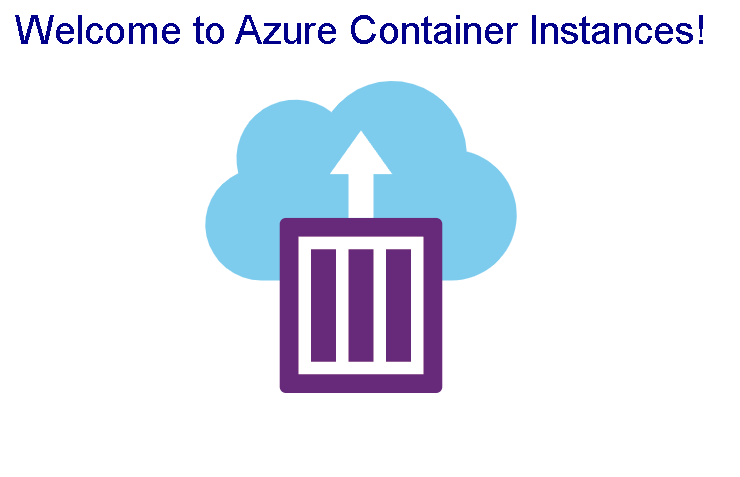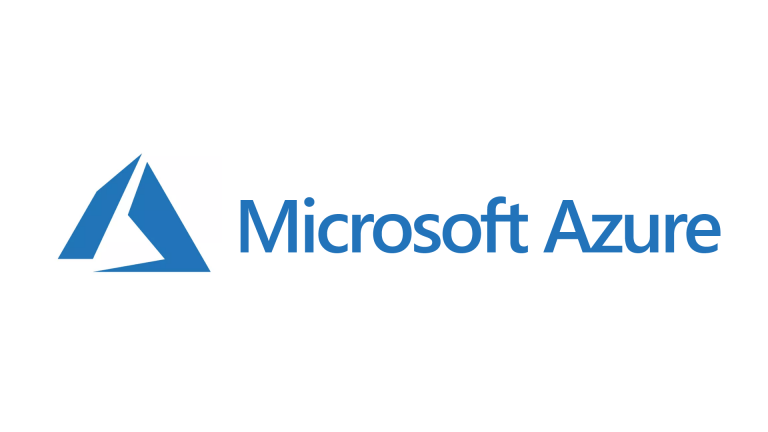What is Azure Compute services?
Firstly, I want to start this article with an introduction to Azure Compute Services and have a background about Azure Compute Services. Some part of this Article is from Azure Fundamentals with AZ-900 Exam book.
Azure Compute Services is desiged for running cloud-based applications on it. It provides services such as networkings, memory, disks and processors and OS. You can use resources in an on demand basis and even in seconds after paying for the resources you want to use.
Here is an exhibit of the compute services:

Let’s start with the most popular and important service of the Azure Compute Services.
Azure VMs:
The same with VirtualMachines in your environments, like on Hyper-v, VMware and other technologies which you implement VirtualMachines on an Hypervisor, also Azure offers a wide variety of technologies for managing your VMs and making them work load balanced and without any interruption.
Container Services:
Azure Container Services ( Kubernetes ) will be retired on January 31, 2020. However, you can continue to use container services as well until that date mentioned above.
Virtual Machine scale sets:
Virtual machine scale sets are an Azure compute resource that you can use to deploy and manage a set
of identical VMs. With all VMs configured the same, VM scale sets are designed to support true auto-
scale—no pre-provisioning of VMs is required—and as such makes it easier to build large-scale
services targeting big compute, big data, and containerized workloads. So, as demand goes up more
virtual machine instances can be added, and as demand goes down virtual machines instances can be
removed. The process can be manual, automated, or a combination of both. See Virtual Machine Scale
Sets7 for more details.
App Services:
With App services, you can quickly build, deploy, and scale enterprise-grade web, mobile, and API apps
running on any platform. You can meet rigorous performance, scalability, security and compliance
requirements while using a fully managed platform to perform infrastructure maintenance. App Services
is a platform as a service (PaaS) offering. See App Service8 for more details.
Functions:
When you’re concerned only about the code running your service and not the underlying platform or
infrastructure, Azure Functions are ideal. They’re commonly used when you need to perform work in
response to an event (often via a REST request), timer, or message from another Azure service, and when
that work can be completed quickly, within seconds or less. See Functions9 for more details.
Azure Kubernetes Service:
The task of automating and managing a large number of containers and how they interact is known as
orchestration. Azure Kubernetes Service (AKS) is a complete orchestration service for containers with
distributed architectures and large volumes of containers. See Azure Kubernetes Service (AKS)11 for
more details.
Azure Application Gateway:
Azure Application Gateway is a web traffic load balancer that enables you to manage traffic to your web
applications. It is the connection through which users connect to your application. With Application
Gateway you can route traffic based on source IP address and port to a destination IP address and port.
You also can help protect a web application with a web application firewall, redirection, session affinity to
keep a user on the same server, and many more configuration options. See Application Gateway 20 for
more details.
Contect Delivery Network:
A content delivery network (CDN) is a distributed network of servers that can efficiently deliver web
content to users. It is a way to get content to users in their local region to minimize latency. CDN can be
hosted in Azure or any other location. You can cache content at strategically placed physical nodes across
the world and provide better performance to end users. Typical usage scenarios include web applications
containing multimedia content, a product launch event in a particular region, or any event where you
expect a high bandwidth requirement in a region. See Content Delivery Network 21 for more details.




![Windows Admin Center [ Meeting ] – 2019/03/20– Izmir/Turkey](https://hamidsadeghpour.net/wp-content/uploads/2019/03/20190321_200812-768x576.jpg)
